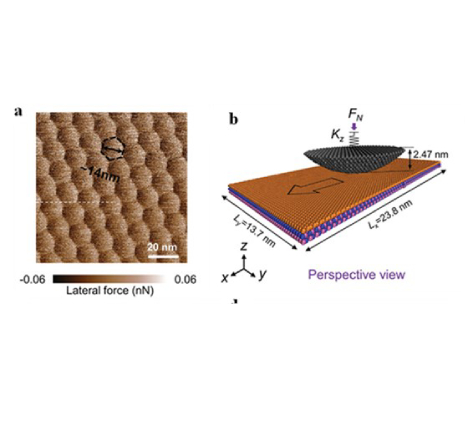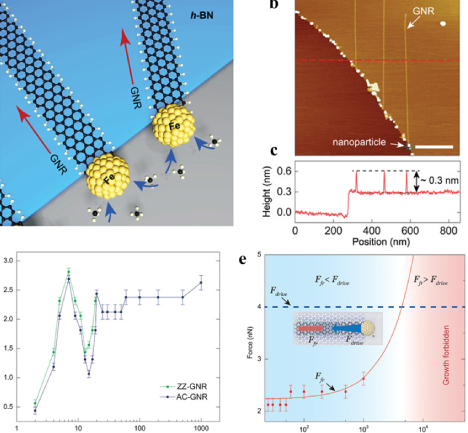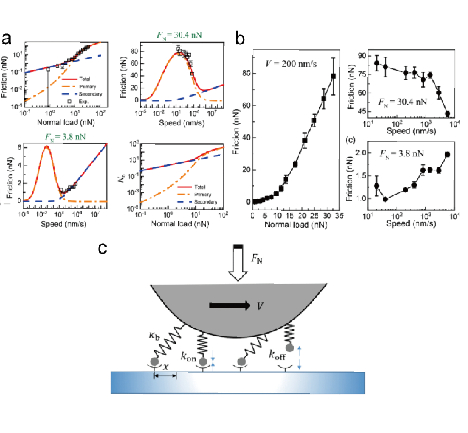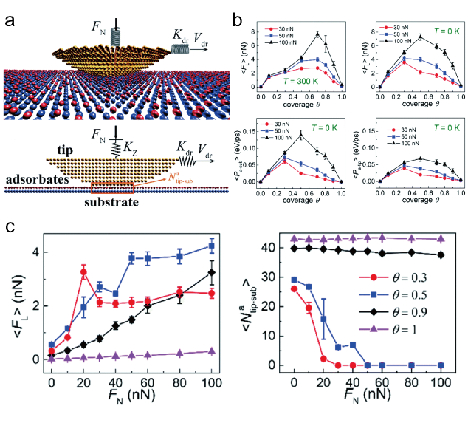-
Home
- Research
-
High-resolution In-situ Measurement of Nanoscale Friction and Wear
-
Non-Equilibrium Dynamics of van der Waals Interfaces
-
Multi-Scale Computational Methods for the Simulation and Design of Structural Superlubricity Systems
- News
- Publications
-
Selected Publications
- Publications
-
Patents/Software Copyrights
-
Monographs
-
Research Projects
-
Software/Codes
- Members
- Events
Classify - Research







